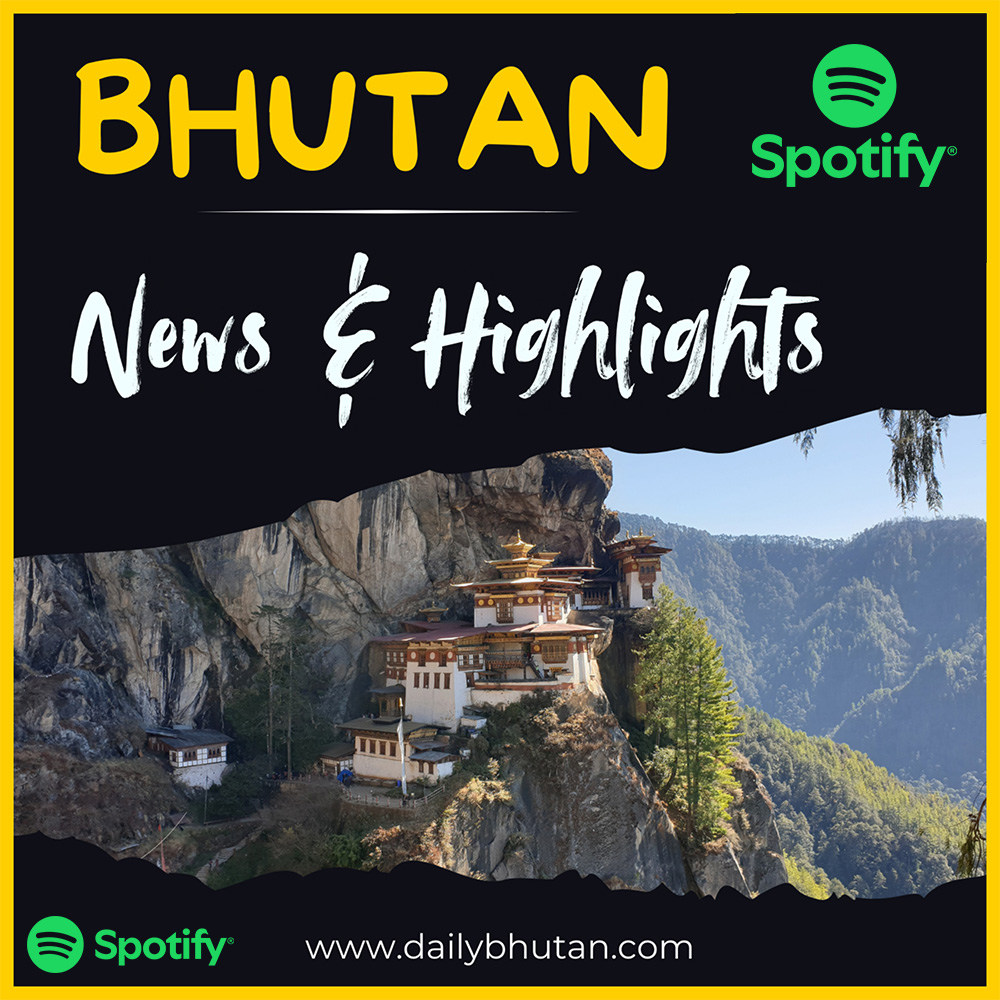Torma, the multipurpose Buddhist ritual cake
“Tor” represents detachment from desires, whereas “Ma” refers to the maternal.

When you’re in Bhutan, you might see these pretty things with intricate designs. They look like decorations. But while these are pleasing to look at, they are actually meant to be more than just pretty.
They are tormas.
What is a torma?
A torma is a ritual cake. It holds different meanings. It could symbolise a deity, act as an offering, or even be used as a medicine.
The tradition is popular among the Himalayan Buddhists, including the Bhutanese.
The essence of torma is the dharmadhatu (the pure nature of the world) and rigpa (the pure nature of the sentient beings that inherit the world).
The first syllable, Tor, means “to throw”. The practice symbolises generosity, hence the literal sense of “throwing out”. Furthermore, “throwing out” also refers to severing attachment from temptations and escaping the entrapment of desire. Another significance of “throwing out” is to reject kleshas, conditioned emotions that cause suffering. It is the purification of the emotions.
Ma, the second syllable, evokes the maternal. It has a feminine undertone with a nurturing quality. By embodying Ma, you learn to love all beings with the love a mother feels for her children.
A combination of the two syllables describes the spirit of torma. To severe attachment from self-centeredness and offer love to others. Ultimately, it is the bonding of emptiness (the object) and wisdom (the subject).

Picture credit: Pinterest
History of torma
Once upon a time, Ananda, who was the primary principle of the Buddha, was practising the Dharma in a forest near the city of Kapilavastu. Suddenly, a hungry ghost appeared before him, spitting fire through his mouth. It told Ananda that the latter had only seven days left to live, after which the ghost would eat him.
Ananda was extremely scared. He ran to the Buddha to relay what had just happened. The Buddha then instructed him, “Make a torma of infinite magnificence, bless it with mantra, and offer it to the hungry ghost. This will liberate you from the fear of untimely death and lead you to accomplish infinite qualities.”
And hence, the torma was born.
Types of torma
As time passed, different styles of torma were born. They don’t all look the same. The style of the torma you make depends on the lineage you are from.
Different tormas have different uses. Some are placed in shrines. Others are to be consumed during rituals. Yet others are to appease the spirits and gain merits.
The different types of torma include:
Deity torma
These are kept in a shrine to represent a particular deity. White, coned shapes are for peaceful deities like Tara and Avalokiteshvara, whereas red, triangular shapes are for wrathful deities like Bajrayogini and Chakrasamvara.
Food torma
Food tormas are used for feast practices. The worshipers consume it during the feast.
Medicinal torma
Patients suffering from an ailment are fed medicinal torma.
Captured torma
To encourage the completion of an activity, worshippers might offer a captured torma to speed up the process.
Offering torma
Offering tormas are given to deities, dharma protectors, obstructing spirits, or other lower beings. As with all forms of offering, the practice is done with visualisation and in the right attitude.
How to make torma
Once again, the torma you make is lineage-specific. Here is how one style of torma is made. Of course, there are other styles too.
First, you need the ingredients. The common practice is to use barley flour and butter. If barley flour is not readily accessible, you may use oats, other types of flour, or clay as alternatives. Some people mix wax into the ingredients too.
Before you start, make sure that your hands are clean. They must be very, very, very clean. The plates and other utensils must also be clean.
Put the flour into a bowl, based on an estimate of how much or how big a torma you wish to make. Next, add water. Mix the wet flour so that it becomes a paste. The goal is to achieve a firm yet soft dough. It is helpful to apply a layer of oil or butter over your hands, so that the flour doesn’t stick to your fingers as you mix.
Knead the dough by using force so that it is moulded into a sphere-like shape. Roll it, using the shape of your hands so that it becomes a tube with a curve and an increasing diameter.

Alternatively, roll it against a plate with your palm to create an indent. Your end product should resemble a bowling pin.
If you find the dough to be too dry, add water as necessary.
Use your thumb and forefinger to flatten the top part. Taper the body of the torma and flatten its bottom.
When you’re satisfied with the shape, you want to preserve it by applying melted butter on it with a brush.
Dry this body of the torma under the sun.
To add to the body of the torma, you need butter. Slice butter and put it in a basin of cold water. Knead the butter. You want to achieve a state where the butter does not melt, yet is putty in your hands.
Now, you’ve got to work fast so that the butter doesn’t melt in your hands. Mould a round slab of butter that is bigger than the body of the torma. Place the discs on the torma as per the picture below. You might like to use discs and others on the back of it too. If you wish, you could fashion flowers at the base. For the colours, you may use dyes on your torma.
And ta-da, you have yourself a torma!
In Bhutan, tormas are usually made by the monks and some monks acquired the skills to make torma at a very young age.




